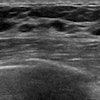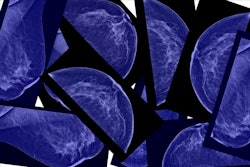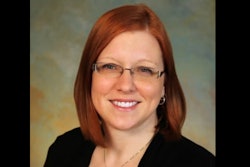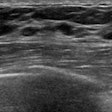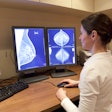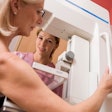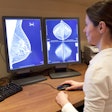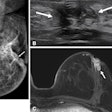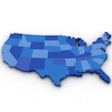Socioeconomic factors influence how women respond to national mammography recommendations, according to findings published February 5 in JAMA Network Open.
In a study of about 1.6 million women, researchers led by Jason Semprini, PhD, from Des Moines University in West Des Moines, IA, found reduced mammography rates after the U.S. Preventive Services Task Force (USPSTF) updated its breast cancer screening recommendations in 2009. These decreases varied by age, race and ethnicity, binge drinking status, and state of residence.
“Providers could use this data to understand that women and their primary care providers will not all respond to preventative guidance in the same way,” Semprini told AuntMinnie.com.
The USPSTF’s 2009 policy recommended that women ages 50 to 74 undergo biennial mammograms -- what was then a B-grade recommendation. Women ages 40 to 49, meanwhile, were recommended to make informed decisions about whether to undergo mammography -- what was then a C-grade recommendation.
In 2024, the task force reversed this policy, which now recommends that women ages 40 to 74 years undergo biennial mammography, a B-grade recommendation.
Semprini and colleagues highlighted that understanding whether women facing heterogeneous breast cancer risks responded to the 2009 guidance could uncover how women may respond to the current recommendations. They studied whether the 2009 policy was tied to changes in mammography trends, focusing on women who then were no longer recommended for routine biennial mammography. They also investigated whether these changes in recommendation varied by factors tied to breast cancer risk.
The study included data from 1.6 million women, of whom 75% reported having a biennial mammogram. It compared biennial mammography trends in what the researchers called exposed (women ages 40 to 49 and 75) and unexposed groups (women ages 50 to 64 and 65 to 74), before and after the 2009 update. The team used survey data from the Behavioral Risk Factor Surveillance System (BRFSS) biennial cancer screening module (2000 to 2018).
In women ages 40 to 49, the 2009 USPSTF update was tied to a 1.1 percentage-point decrease in the probability of receiving a biennial mammogram. Non-Hispanic Black women experienced the largest such decreases, at 3 percentage points.
And in women 75 and older, the 2009 guidelines were tied to a 4.8 percentage-point decrease in the probability of receiving a biennial mammogram. The researchers reported significant heterogeneity by race and ethnicity, binge drinking status, and state residence.
“We do not think the USPSTF anticipated or desired such different responses by age and racial/ethnic group, potentially by risk differences,” Semprini said. “We hope future guidance, as well as how this guidance is communicated to the public, considers differences in patient risk.”
He also told AuntMinnie.com that these findings should encourage interventions or policies that promote greater communication between patients and providers on breast cancer risk, while considering patient quality of life.
And as for the 2024 USPSTF guidelines, Semprini said the research team’s evidence suggests that this will increase mammography rates but will do so differently across populations.
“Looking forward, we are already investigating how these updates impact public health and population health outcomes,” he said.
The full study can be found here.
